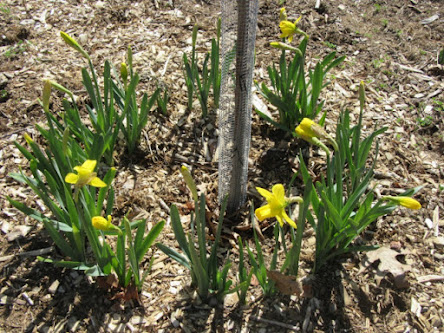Organic cocoa or coffee production
Organic cocoa and/or coffee production is based on a sustainable socio-economic and environmental agroforestry system, where trees are grown in combination with taller shades and food/fertilizer trees. Cocoa/coffee trees are integrated into existing forest structure to retain multi-storey canopy and minimize environmental impacts. In case of no trees on site, other trees should be planted to provide shade and create the multi-storey agroforestry effect.
 |
| Diverse tree species with cocoa/coffee as under-storey |
These diversify trees species provide the following benefits
- Help to control pests;
- Provide shades for the cocoa/coffee tree;
- Enhance soil fertility;
- Improve cocoa/coffee yields;
- Provide food, folders and medicine;
- Retain habitats for birds, small animals, insects and other pollinators;
- Create environmental and micro climate buffering;
- Provide multiple revenue streams to alleviate poverty;
- Better
nutrition from diverse food sources;
- Enhance
community resilient to food security.
Incorporating crop successions is very important as it improves soil fertility, growth of cocoa/coffee tree, mitigate effects of climate change and provides continues food and farm income. Plants like banana, plantains, papaya, pineapples, avocado, citrus fruits, mangoes, cocoyam and yams can be incorporated into cocoa farms. This mixed cropping system improves farmers’ livelihoods by generating multiple income streams from different crops and enhancing nutrition.
Zero use of pesticide, herbicide and
insecticide as they
upset the ecosystem by killing pest predators, poisoning animals and humans as
well as polluting the water systems and causing further damages to aquatic life.
Only biological and traditional methods which are non-toxic, less costly and
environmentally friendly should be used. Such as removing and burying cocoa
pods affected by black pods diseases amongst other.
Zero use of fertilizer to preserve the soil biota, halt eutrophication of water bodies, reduce cost and farmers dependent on agro-chemical companies. Improvement of soil health through increase in organic matters, compost, vermicomposting and planting of fertilizers trees is practiced to avert chemical risk. Here there is a switch from external inputs (chemical fertilizers) to internal inputs - compost & manure produced on the farm within its diversified agroforestry system.
 |
| Fruit trees and plantains incorporated into cocoa/coffee agroforestry |
Good practices and care such as tree pruning and Phyto-hygiene should be carried out to control pests and diseases. The use of chemical is avoided as organic production rely on alternative solution to soil fertility, pest management and quality assurance that are not detrimental to humans and the environment.
Advantages of organic cocoa and/or coffee production
·
Reduce
production cost – The cost of production is greatly reduced as the use of
expensive external inputs such as pesticides, insecticides, herbicides and
fertilizers are eliminated. Local seeds are used instead of expensive hybrid
seeds. Compost and manure are used rather than expensive fertilizers. Thereby,
making farmer’s less dependent on expensive inputs from agro-chemical companies
and input cost.
·
Increase
income – Organic cocoa beans are more expensive than conventional cocoa at the
international market. The increase price of organic coca beans and low input
cost results to higher farm income.
 |
| Dr. Nvenakeng Suzanne at Suzy-farms, Buea, Cameroon |
We shall be uploading videos soon on our youtube channel. Subscribe to our channel, like, comment and hit on the notification button to keep up with update. Like our facebook page and follow us on instagram and twitter




